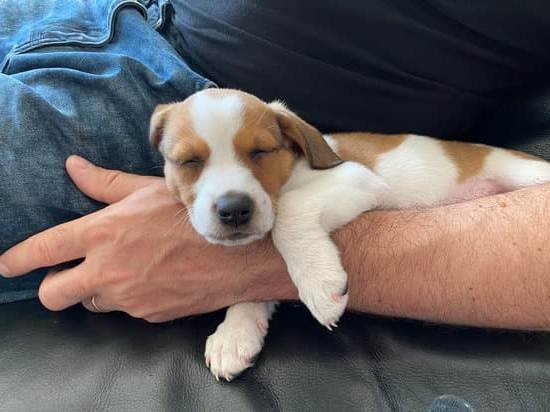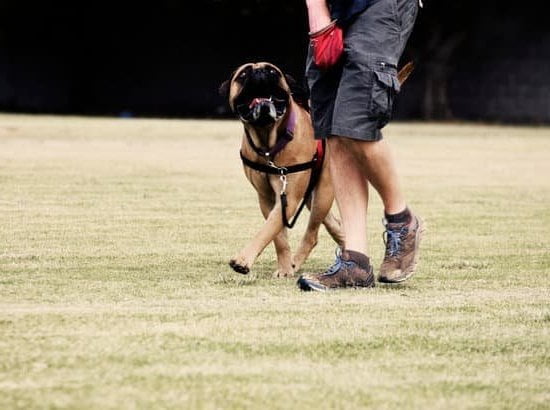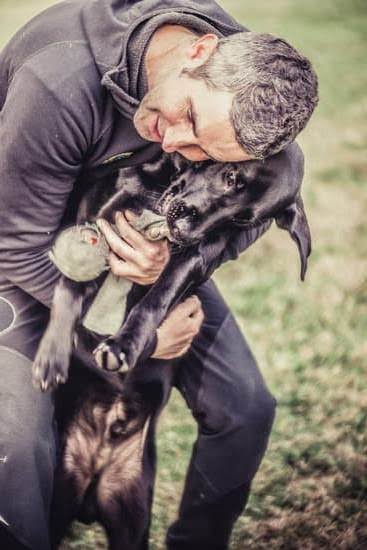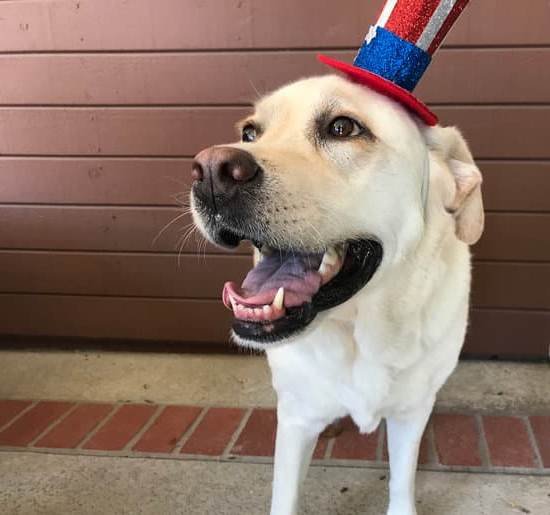There are a lot of benefits to training your dog to walk off leash. The most obvious one is that it gives your dog more freedom. He can explore his surroundings more and he can interact more with people and other dogs. It also makes it easier to take him for walks. You don’t have to worry about finding a place to tie him up or about him getting loose and running away.
Training your dog to walk off leash can be a bit challenging, but it’s definitely worth the effort. The first step is to teach your dog to stay close to you. You can do this by rewarding him every time he stays close to you. As he gets better at it, you can start to increase the distance between you and him.
The next step is to teach your dog to come when you call him. You can do this by rewarding him every time he comes to you when you call him. As he gets better at it, you can start to increase the distance between you and him.
Once your dog has mastered these two commands, you can start training him to walk off leash. The key to success is to start small and gradually increase the distance between you and your dog. Be patient and keep rewarding your dog for his good behaviour.
Training your dog to walk off leash can be a lot of fun and it will definitely improve the bond between you and your dog.
Leash Training For Older Dogs
Leash training for older dogs can be a bit more challenging than for puppies, but it’s definitely not impossible. The most important thing to remember is to be patient and consistent with your training.
One of the most important things you can do to make leash training easier for your older dog is to start early. If your dog is already accustomed to being on a leash, the transition to wearing a collar and leash for walks will be much smoother. If your dog is not used to a leash, start by putting the leash on him in a calm, quiet environment and rewarding him with treats when he behaves well.
When you’re ready to start taking walks, start slowly and keep them short. Gradually increase the distance and time of the walks as your dog becomes more comfortable with the leash. If your dog starts to pull on the leash, stop walking and wait for him to calm down before continuing.
One of the most common mistakes people make when leash training their dogs is to yank on the leash when the dog pulls. This will only serve to aggravate your dog and make the leash training process more difficult. Instead, use a firm but gentle grip on the leash and calmly walk in the opposite direction of your dog.
If you’re consistent with your leash training, your older dog will eventually learn to behave well on a leash. This will make walks much more enjoyable for both you and your dog.
How To Train Dog Not To Tug On Leash
Leash pulling is a common problem for both dog and owner. It can be frustrating and dangerous for both of you. Luckily, there are ways to train your dog not to tug on the leash.
The first step is to make sure that you are using the correct type of leash. A harness is a better option than a collar for dogs that tend to pull on the leash, as it gives you more control.
Start by training your dog to stay near you when you are walking. When they start to pull, stop walking and wait for them to come back to you. Once they are at your side, start walking again. When your dog is consistently staying close to you, you can start to work on teaching them not to pull on the leash.
When your dog starts to pull, stop walking and wait for them to come back to you. Once they are at your side, start walking again. When your dog is consistently staying close to you, you can start to work on teaching them not to pull on the leash.
When your dog starts to pull, say “No” in a firm voice and stop walking. Wait for them to come back to you, and then start walking again. When your dog is consistently obeying this command, you can start to add a cue word, such as “Heel.”
It will take time and patience, but with consistent training, your dog can learn not to tug on the leash.
Dog Leash Reactivity Training
Dog leash reactivity is a common behavior problem where a dog becomes overly aroused and reactive when on a leash. The dog may bark, lunge, pull and even bite at people or animals they see while on a walk.
There are many reasons why a dog may develop leash reactivity. It can be due to excitement or anxiety over meeting new people or animals, or it may be a result of frustration over being restrained on a leash. In some cases, a dog may have been punished or scolded for their leash reactivity in the past, leading to further anxiety and problems.
The good news is that leash reactivity can be successfully treated with patience, positive reinforcement and a lot of practice. The first step is to work on building a strong relationship with your dog based on trust and positive reinforcement. Once your dog trusts you and knows that you will not punish them for their behavior, you can start to work on teaching them new behaviors to replace the old, reactive ones.
This may involve teaching your dog to “sit” or “stay” when they see a person or animal they react to, or rewarding them for calm, relaxed behavior when on a leash. You may also need to desensitize your dog to the things that trigger their reactivity, such as people, animals or loud noises. This can be done gradually, starting with things that cause only a mild reaction and slowly working your way up to the things that trigger the most intense response.
If you are experiencing problems with your dog’s leash reactivity, it is best to seek help from a professional trainer who can help you develop a plan specific to your dog’s needs. With patience and dedication, you can help your dog overcome their leash reactivity and enjoy walks once again.
How To Train A Dog To Not Be Leash Reactive
Leash reactivity is a common issue for dog owners. Dogs who are reactive on leash may bark, lunge, and pull at the leash when they see other dogs, people, or anything that they perceive as a threat. This can be a very frustrating and dangerous problem for both the dog and the owner. Fortunately, there are a number of things that you can do to train your dog to not be leash reactive.
The first step is to identify the cause of your dog’s reactivity. There are many different things that can cause leash reactivity, such as fear, excitement, or aggression. Once you have identified the cause of your dog’s reactivity, you can begin to address it with a combination of training and behavior modification.
One of the most important things that you can do to help your dog to not be leash reactive is to train him to focus on you. This can be done with a variety of exercises, such as basic obedience commands or tricks. When your dog is focused on you, he will be less likely to react to things that he sees on leash.
In addition to training your dog to focus on you, you should also work on teaching him to “leave it.” This is a command that tells your dog to ignore any distractions that he may see while on leash. You can teach this command by using positive reinforcement, such as treats or praise, when your dog ignores distractions.
It is also important to make sure that you are providing your dog with plenty of exercise and mental stimulation. Dogs who are bored or restless are more likely to be reactive on leash. Exercise and playtime can help to keep your dog’s mind and body healthy and help to reduce his stress levels.
Finally, it is important to be patient and consistent when training a dog to not be leash reactive. This is a process that will take time and patience, but it is well worth it in the end. With a little bit of work, you can help your dog to be a more relaxed and confident member of your family.

Welcome to the blog! I am a professional dog trainer and have been working with dogs for many years. In this blog, I will be discussing various topics related to dog training, including tips, tricks, and advice. I hope you find this information helpful and informative. Thanks for reading!





